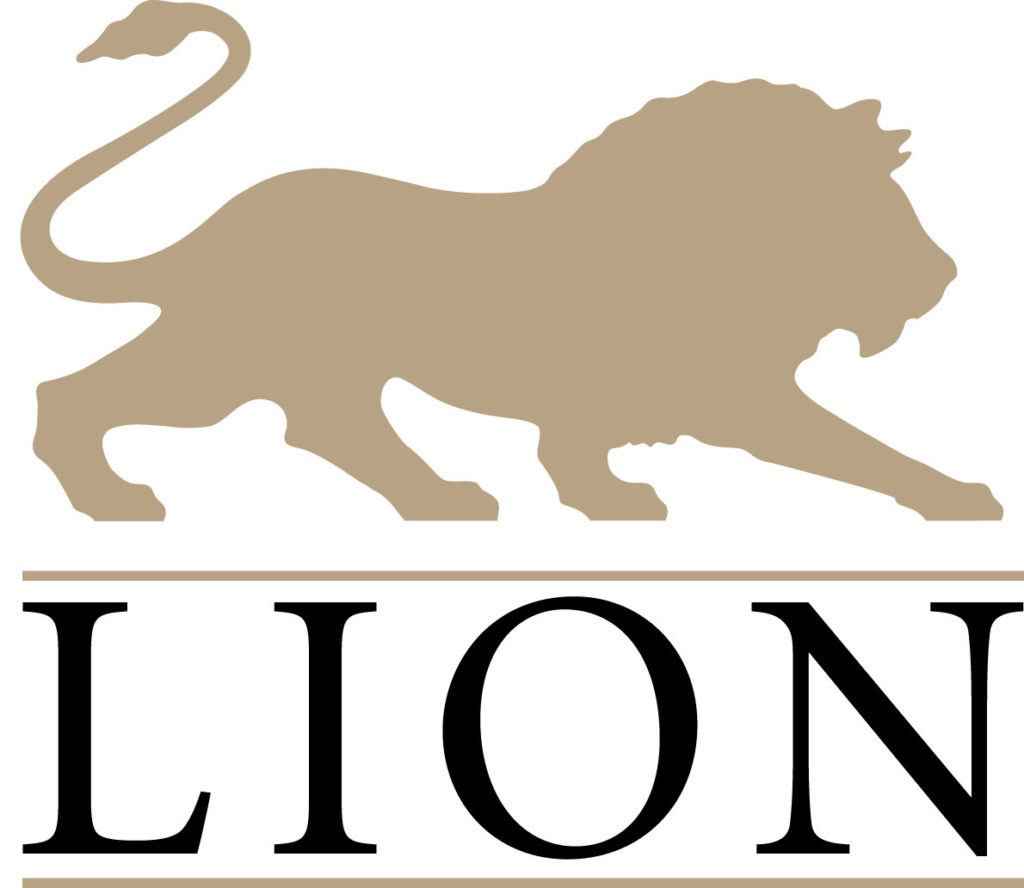

Santiago Martin, a 10th-grade student at the Rochambeau French International School, recently completed a two-week internship with RMI. During that time he researched companies and interviewed RMI Board members representing various employers in the state. Since Santiago does not drive, all but one interview was by phone. Below is his insightful interview with Suzy Ganz, CEO of Lion Brothers. Santiago was referred to RMI by a representative of Local Motors who attended the May 3rd Techtonic Shift event.
Today, I interviewed Susan Ganz, the CEO of Lion Brothers, the leading designer and manufacturer of apparel brand identity systems for all four main US sports: baseball, basketball, football, and hockey, along with making some jobs for the MLS or Major League Soccer. Routinely, I first asked her about the company’s history and how she got to the position she’s in. Lion Brothers was founded in 1899 as an embroidery company in Baltimore. Over the years, it manufactured badges for the uniforms of soldiers in World War I and II, for uniforms of police officers, as well as for the boy and girl scouts. It’s main ideas were, and still are, product, process, and customer innovation. The main sportswear companies it is partners with are Nike, Adidas, and Fanatics, it also works a bit with Under Armour. Over the last five years, Lion Brothers has experienced a complete digital transformation. They also started focusing on decentralizing their factories and moving closer to their customers, in order to increase accessibility and communication between the provider of goods and the client. Susan told me that, even as a company working with textiles and fabric, they are very connected to technology. The story of how she got to being CEO of such a big company is rather interesting and uncommon. The easiest way she could put it is that she became CEO “by accident”. She started by working in finance in Wall Street, when she visited Lion Brothers’ facility as a consultant with zero knowledge about the manufacturing industry. When she came to the facility, Susan says she fell in love the industry, despite the rusty state that the company was in at that time. As a result, she found a job there as strategic planning manager. After a couple of months of hard work, she was asked out of nowhere if she wanted to “run the whole thing”, to which she happily accepted. With Susan as CEO, Lion Brothers has doubled in size over the last two years.
We then spoke about the key technologies used by Lion Brothers. Susan explained they use tech that has to do with the changing of materials. Most of their technology is digital and automated such as textile digital printing, embroidery, and laser tech used for cutting and creating. She gave me examples as to how these automated systems increased the company’s productivity over time. People used to work using die cutters, which had to be each operated by hand by one of hundreds of other workers. Lasers of course are much quicker and efficient. Susan mentioned how these systems reduced cycle times and increased speed to market, two terms I’ve little by little gotten more familiar with after each interview. In fact, thanks to these new systems, the company produces three times as many goods, while having just a bit fewer employees than before. The other key technology she mentioned was the several ERP systems they have installed. ERP stands for enterprise resource planning. It is a shared database, supporting multiple functions used by different business units, that stores, filters, and provides information for all employees in the company, as stated on Oracle’s website. Susan said ERP “provides more visibility on information” because it connects with all of the machines in the facility. These ERP systems are part of a larger network of IT systems that Lion Brothers has installed in all of their facilities, which Susan said keeps the company’s operations running. As CEO of the company, it is vital for her to be able to find information quickly and efficiently, regarding productivity locally and overseas, company expenses, employee salaries, machine statuses, or pretty much anything for that matter. Over the course of time, with increasing company growth, they’ve had to upgrade or change their ERP systems several times. For example, their old ERP system was one centralized system, and now all of their facilities are connected through multiple, decentralized networks of ERP. Something she said that intrigued me is that “connectivity and communication are key” for any company, especially big ones that operate overseas.
Next, I asked Susan how she and her team stay up to date on the latest technology and how it’s being used. She’ll often send people to visit other companies, or even go herself, to discover what’s being done to increase productivity and speed to market, in order to potentially learn from them and follow in their example. She mentioned how, “Innovation isn’t something you hand down, it’s what you are as a company.”, which I found very interesting. Another way of discovering new technologies and uses for them, she said, is attending important tech events, as well as being part of big networks of people such as RMI of course. From all these, she’s learned of and adopted two important manufacturing practices: lean manufacturing and manufacturing 4.0. Lean manufacturing is a way of manufacturing that makes clear what adds value by reducing everything that doesn’t. It is a managing philosophy that originated in the Toyota Production System. Manufacturing 4.0 is a practice that becomes more and more relevant every year. It promotes changing manufacturing to digitally connected systems.
The final subject of our conversation was about the obstacles that Susan has run into with the company’s growth, and any concerns she has with the evolution of technology. I first asked her if money has been an issue yet, to which she answered no; furthermore, she said that there has never been a better time to invest in new technology than right now, considering how automatic expensing, with the current tax laws, really helps manufacturers in their transition to new technologies. One small issue; however, is that one needs to compete much more in today’s market with automatic expensing and today’s current tax laws. Susan talked about how tough it was to create a new facility. They had to find a lot of new employees and train them, pay expensive fees to acquire the building, and invest in new and more expensive machines, all while receiving little help from their partners. A major concern she had was the lack of people who are willing to work the unskilled jobs in manufacturing, which forces companies to invest in automated systems to replace those unfilled posts. Another major concern is the lack of people who are qualified to work with the newer more complex machines. One thing she said which I retained was, “Machinery is only as good as the people developing, managing, and using it.” Her solution to this problem is finding talented, hungry people, or “visionaries”, as she called them, and training them. Two more things she said that I found important to note are, “Look to find talent and to retain talent,” and that “maintaining a work environment where people can learn and grow is key.” These three last quotes from Susan I will retain for the rest of my life, as they are applicable anywhere and will always come in hand. In conclusion, after speaking with Susan for about an hour, I understood why she was offered the position of CEO and why Lion Brothers has done so well and will continue doing well under her leadership.
-Santiago Martin
